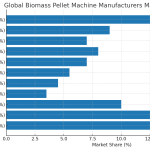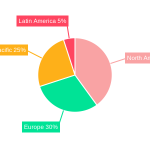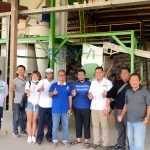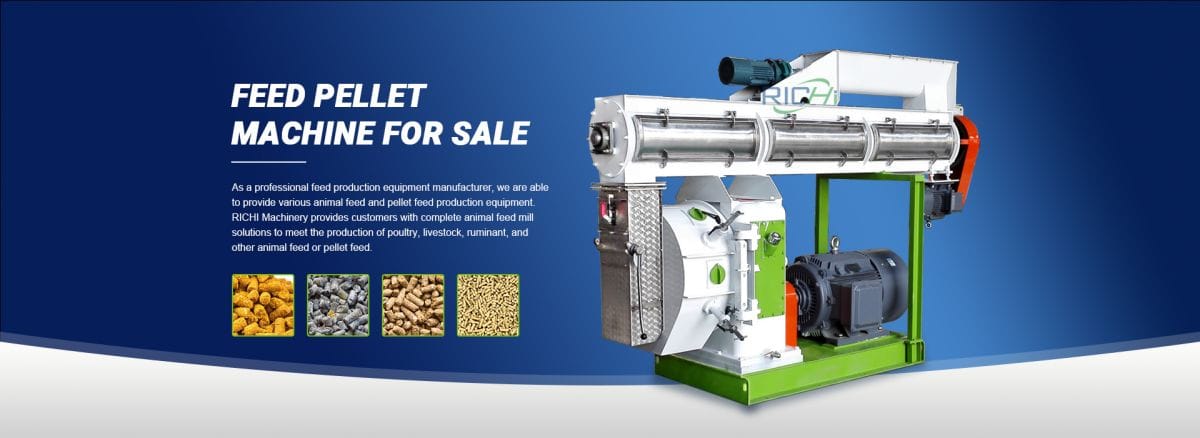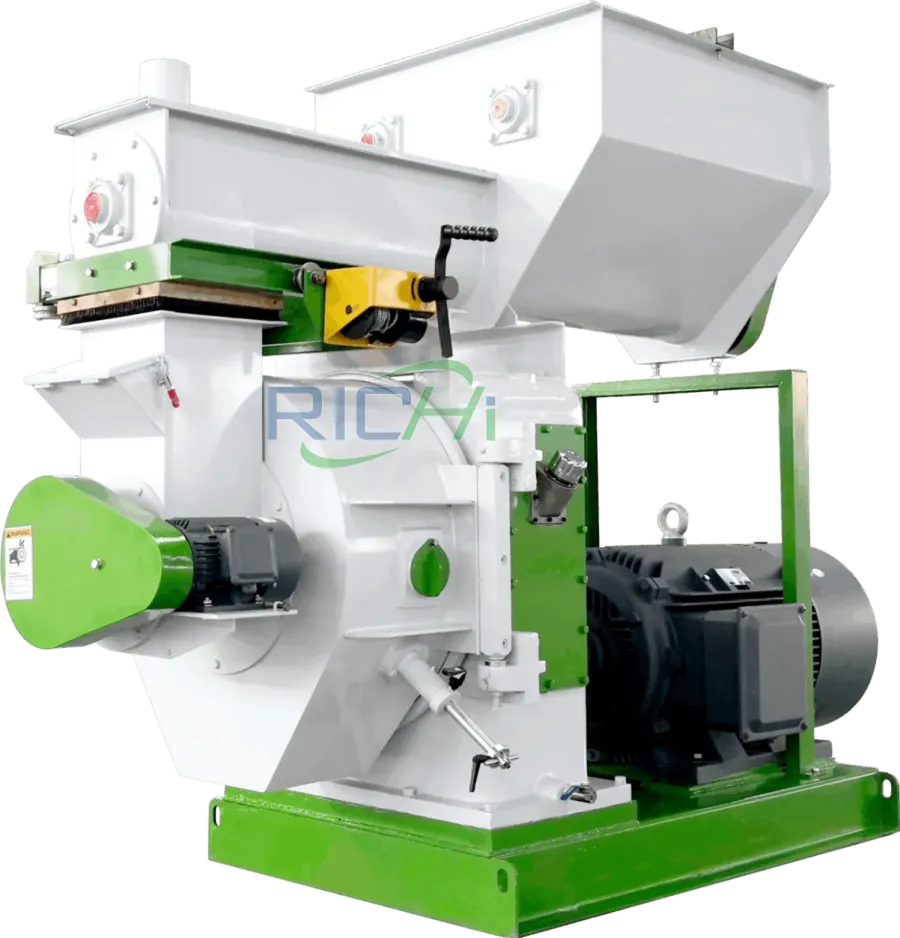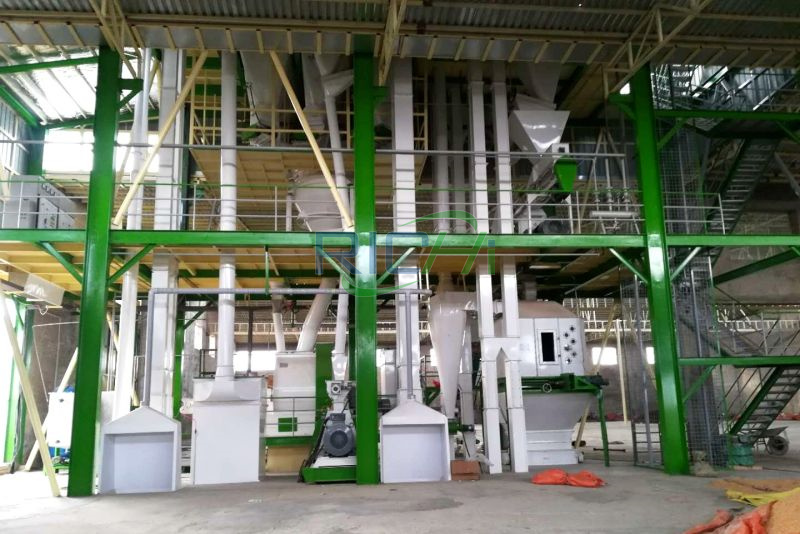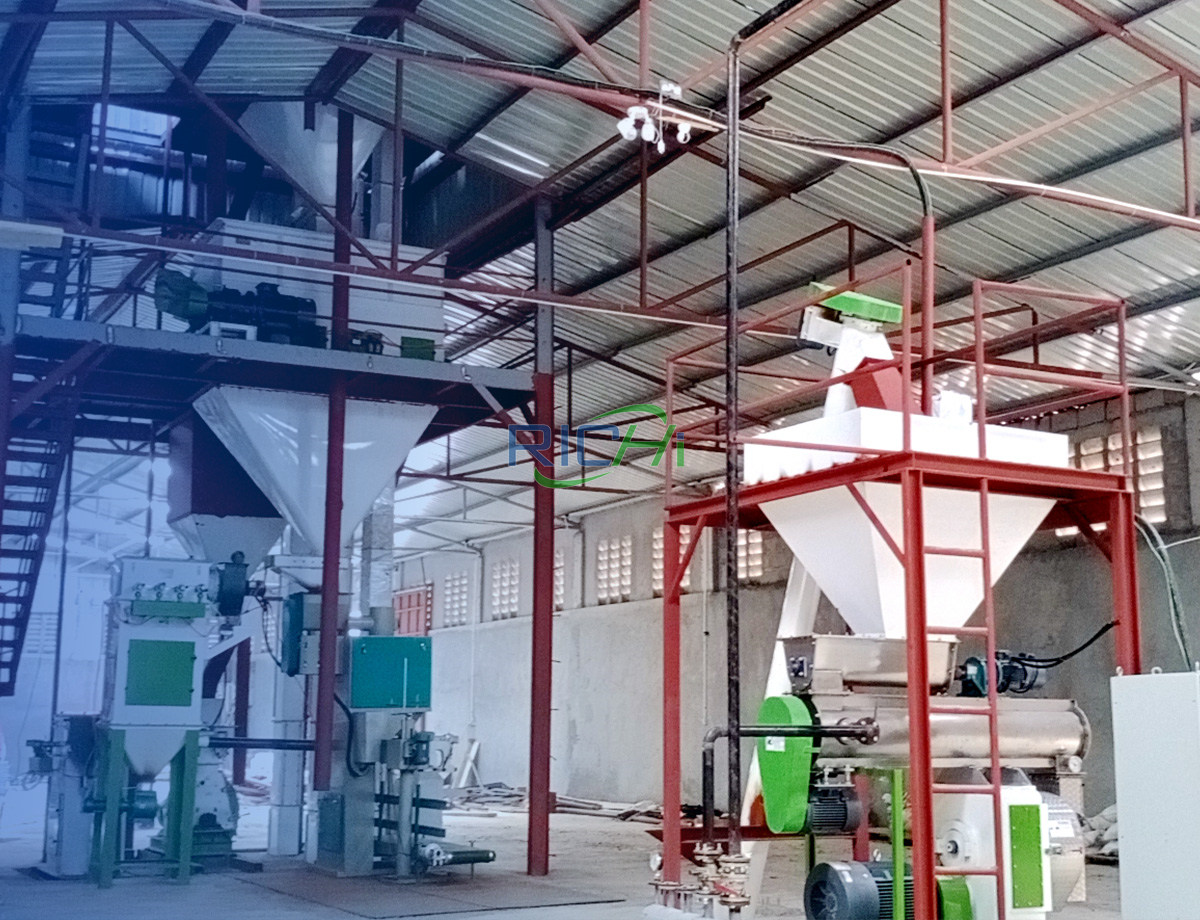In today’s world of poultry farming, these feed pellet machines are like the unsung heroes. They take all the raw ingredients – you know, grains, cereals, and such – and whip them up into these little nuggets of goodness that chickens, turkeys, ducks, and geese just love to chow down on. It’s like fast food for our feathered friends, but with all the right nutrients.
Why are these pellets so essential? Well, for starters, they’re way better than the old-school mash or crumbled feed. See, pellets are dense and compact, which means less mess and better feed conversion rates. Translation: happier, healthier birds and more bang for your buck.
But here’s the real kicker: the pelleting process does wonders for the nutrients in the feed. It breaks down those tough outer layers of grains, unlocking all the good stuff inside. That means the birds can actually absorb more of the vitamins and minerals, which is a win-win for their health and growth. (Related post: https://www.richipelletmachine.com/poultry-feed-plant-for-sale/ )
Now, let’s dive into how these machines work. It’s kind of like a mini-factory, with different parts working together to make those perfect pellets:
First up, you’ve got the grinding mill. This is where the magic begins. It grinds up all the raw materials into a fine powder, making sure everything’s nice and even.
Next, we’ve got the batching and mixing system. Think of it like making a cake – we mix all those powdered ingredients together until it’s one big happy blend.
Then comes the conditioning system. This is where things get steamy – literally. We add some moisture to the mix to help it stick together better and improve the quality of the pellets.
After that, it’s off to the pellet mill. This is where the real action happens. The mix gets squished and squeezed through tiny holes, forming those familiar little pellets. It’s like squeezing Play-Doh through a mold, but way more nutritious.
But wait, we’re not done yet! After the pellets are formed, they need to cool down and dry off. That’s where the cooling and drying system comes in. It makes sure the pellets are nice and firm, with no soggy bits.
Once everything’s cooled off, we do a quick check to make sure all the pellets are the right size and shape. Then it’s off to the bagging and loading station, where they get packed up and shipped out to farms all over the place.
And here’s the best part: it’s all controlled by computers, so you know everything’s running smooth and steady. It’s like having a super-smart chicken whisperer keeping an eye on things 24/7.
So there you have it – the lowdown on poultry feed pellet making machines. They’re like the superheroes of the poultry world, making sure our feathered friends get the best nutrition possible.

